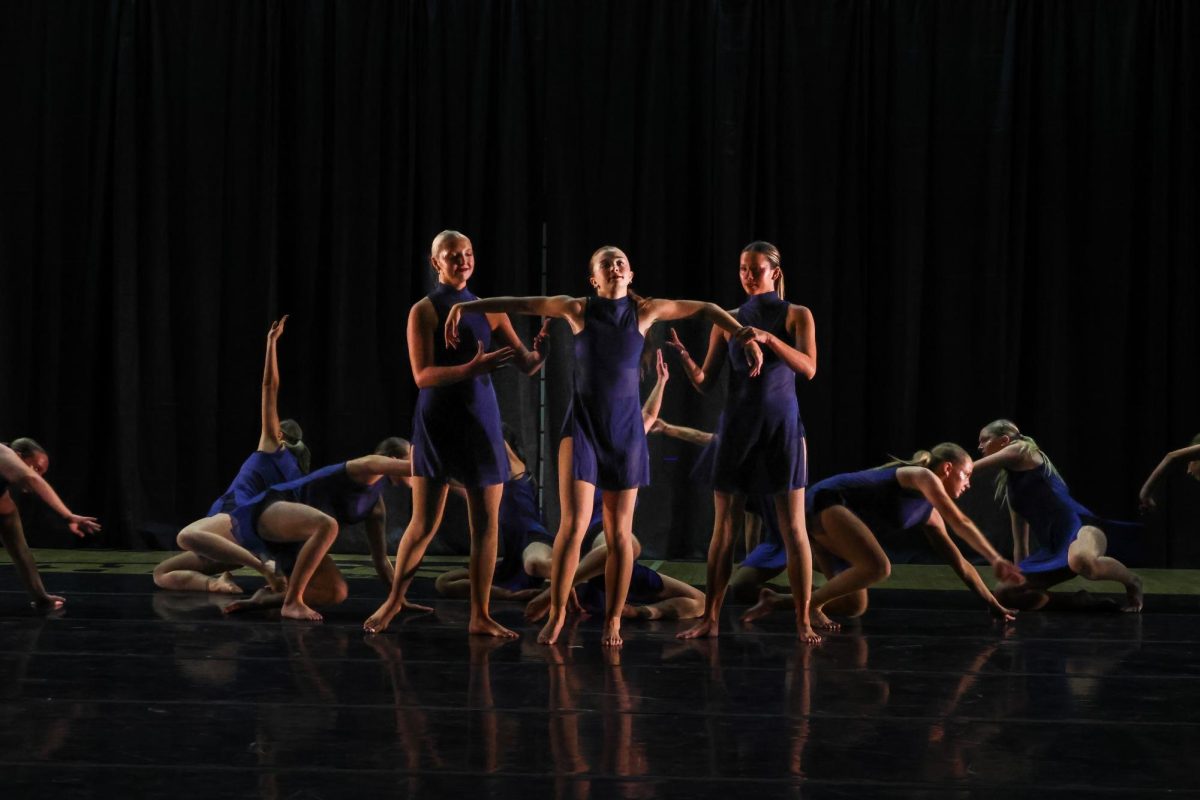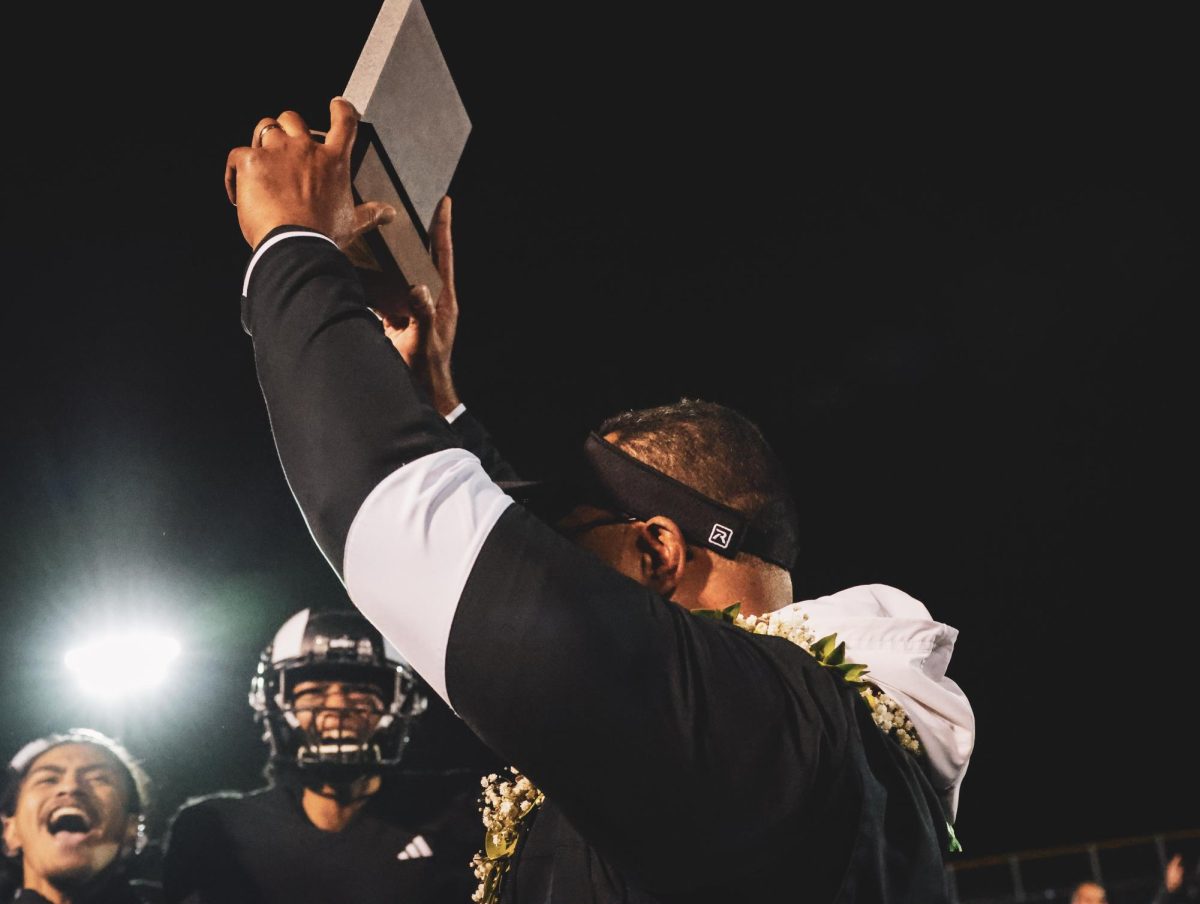Potential Funding Changes For Utah
May 28, 2017
Having grown up in the Salt Lake School District my whole life, I’ve seen class increases first hand. These aren’t just the normal increases that follow a population boom in the city either. In the ten years I’ve been in school, the state as a whole has seen an increase in the student population from 2,636,075 students to 3,054,806 in 2016 for public schools.
With Utah teachers getting an average salary of $46,000 compared to the national average of $56,000 there has been a mass exodus of qualified teachers leaving the state to earn a better living with a lower cost of living. This, along with the $4,250 dollar difference of per student spending compared to the rest of the nation, has ranked Utah in last place for education across the nation.
With the projected student body continuing to increase, the need for teachers and more student resources should be at the top of the priority list for state spending. In the 2017 November Election, voters will determine if a .875% tax increase will come into effect. The income tax would rise from 5% to 5.875% generating an estimated $750 million for public education. The state already has a plan to split the money 60% towards elementary schools and primary education, and the remaining 40% to be split among both middle and high schools.
What matters most to me as a student who works part time (and by extension would have to pay the increased tax) is that the money is spent not only on necessary building renovation, but also directly benefits my learning. Giving qualified teachers a monetary motivator to stay in the state would help to cut back on class sizes, and providing teachers with the classroom supplies that are a necessity would lead to a better overall classroom experience for students.
Schools shouldn’t hire just any teacher either – good teachers who are motivated can sway students against the statistics. The funding would mean nothing if the students aren’t benefited as well, and since teachers are the main educators students come in contact with daily, it makes sense to spend the money there.
Keeping educators educated should be a priority as well. Teachers are having to expand their knowledge base to compensate for the number of subjects that are being dropped due to a lack of teachers. Teachers with no training in how to teach an AP or honors class are stuck teaching these classes just because they know the subject. And we as students have to put our faith in them that we will learn what we need to in the class to progress to the next year. It’s a catch 22 having students learn from educators who aren’t properly trained – nobody wins.
This extends to technology as well. New touch screen whiteboards, automatic grading systems, and high definition projectors do no good if the teachers don’t know how to use them to their fullest potential. This leads to a lot of really expensive wall decorations and paper weights that could have been used to enhance the experience of students, but now sit gathering dust as a testament to the wasted tax money.
With all this in mind, if the bill passes there is a potential for a lot of good to come from the added funding.
“There’s no doubt that we could use the funding. There were a couple of classes this year that either didn’t get the funding to run, or had to be combined due to a lack of funding.” Katie Eskelson-ieremia, a teacher for 13 years and now an administrator at Highland said concerning the bill
While administrators are concerned about running classes, Sierra Collins, a counselor at Highland is concerned that the money won’t make it past the district.
“I’m hopeful that the money goes where it’s supposed to, but there is always the potential that the bill only means raises for the people higher up and it won’t trickle down to the schools themselves. I’m all for it if they can guarantee that it will benefit the students and faculty.”
Regardless, the bill is shrouded by the political forces in education. Since the USOE is technically under its own direction according to the state constitution, there isn’t much ability for the legislature to promise the money will go where they say. On the flip side, the USOE does have the power to put the funds to good use, but regardless of the bill passing, the board has a lot of decisions to make when it comes to the funding and future of education.





























